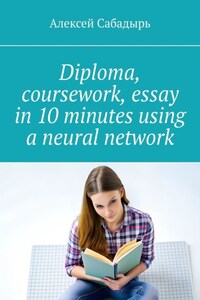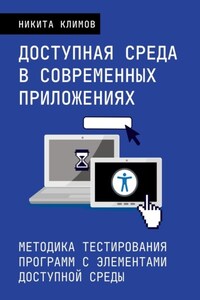Chapter 1: The AI Assistant: Your Personal Writing Partner for Academic Success
Welcome to the age of artificial intelligence, where technology is revolutionizing the way we learn, research, and write. Among the many AI tools emerging, one stands out as a potential game-changer for students: AI-powered writing assistants. This chapter introduces the concept of AI writing assistants, exploring their capabilities and how they can become your trusted partners in crafting compelling and successful academic papers.
The Power of AI Writing Assistants
AI writing assistants are sophisticated tools that leverage the power of artificial intelligence to assist in various writing tasks, from generating text to providing feedback and suggestions. They can:
– Generate Text: Create drafts, summaries, and outlines based on your input and instructions.
– Refine Language: Suggest synonyms, improve sentence structure, and enhance clarity and flow.
– Provide Feedback: Identify potential errors, weaknesses, and areas for improvement.
– Offer Research Support: Gather information, summarize articles, and provide relevant references.
Benefits of Using AI Writing Assistants
Integrating AI writing assistants into your writing workflow offers numerous benefits:
– Increased Efficiency: Automate repetitive tasks, saving time and effort for more creative aspects of writing.
– Enhanced Quality: Improve the clarity, coherence, and accuracy of your writing.
– Reduced Anxiety: Overcome writer’s block and boost confidence with AI-powered assistance.
– Greater Focus: Free up mental energy to focus on deeper research and critical thinking.
Understanding the Limitations of AI Writing Assistants
While AI writing assistants are powerful tools, it’s essential to understand their limitations:
– Lack of Critical Thinking: AI assistants can generate text, but they cannot think critically or provide unique insights.
– Bias and Accuracy: AI models are trained on vast datasets, which may contain biases or inaccuracies.
– Ethical Concerns: Plagiarism and academic integrity remain critical issues when using AI tools.
Responsible AI Use: A Guide for Students
To harness the power of AI writing assistants ethically and effectively:
– Use as a Tool: View AI assistants as a supplemental tool to enhance your writing, not as a substitute for your own critical thinking and effort.
– Verify Information: Always double-check information provided by AI assistants against reliable sources.
– Cite Sources Properly: Give credit to all sources, including those generated by AI assistants, to maintain academic integrity.
– Focus on Your Voice: Use AI assistance to refine your work, but retain your own writing style and originality.
Links to neural networks will be at the end of the book!
AI writing assistants are a valuable addition to the modern student’s toolkit. By embracing responsible AI use, you can unlock the potential of these tools to enhance your writing process, save time, and boost your academic success. Remember, AI is a tool for empowerment, not a replacement for your own intellectual engagement. As you delve deeper into the world of AI writing assistance, you’ll discover how these innovative tools can help you achieve your academic goals and unlock a new era of learning.
Chapter 2: From Idea to Text: Leveraging AI to Transform Your Thoughts into Words
You’ve got a topic, a burning question, or a fascinating research area. The first step in any academic paper is to transform that initial spark of inspiration into a cohesive and engaging piece of writing. This chapter explores how writing assistants can help you bridge the gap between idea and text, turning your nascent thoughts into a structured and impactful narrative.
Generating Ideas and Outlines
When faced with a blank page, it can be challenging to know where to begin. AI writing assistants can provide a helpful starting point by generating ideas and outlines:
– Brainstorming: Input your topic or research question, and the AI assistant can suggest relevant subtopics, potential arguments, and key points to explore.
– Outline Creation: Based on your initial ideas, the AI assistant can help structure your paper by creating a logical outline, organizing sections, and suggesting subheadings.
– Finding Connections: AI assistants can identify relationships between ideas, helping you develop a coherent and interconnected narrative.
Crafting Compelling Introductions
The introduction is the first impression of your paper, setting the stage for your arguments and engaging the reader. AI assistants can assist in crafting effective introductions:
– Hook Creation: Generate attention-grabbing opening sentences, interesting anecdotes, or thought-provoking questions to draw the reader in.
– Background Information: Provide relevant context and background information to set the scene for your discussion.
– Thesis Statement Development: Help you formulate a clear and concise thesis statement, articulating the main argument of your paper.














